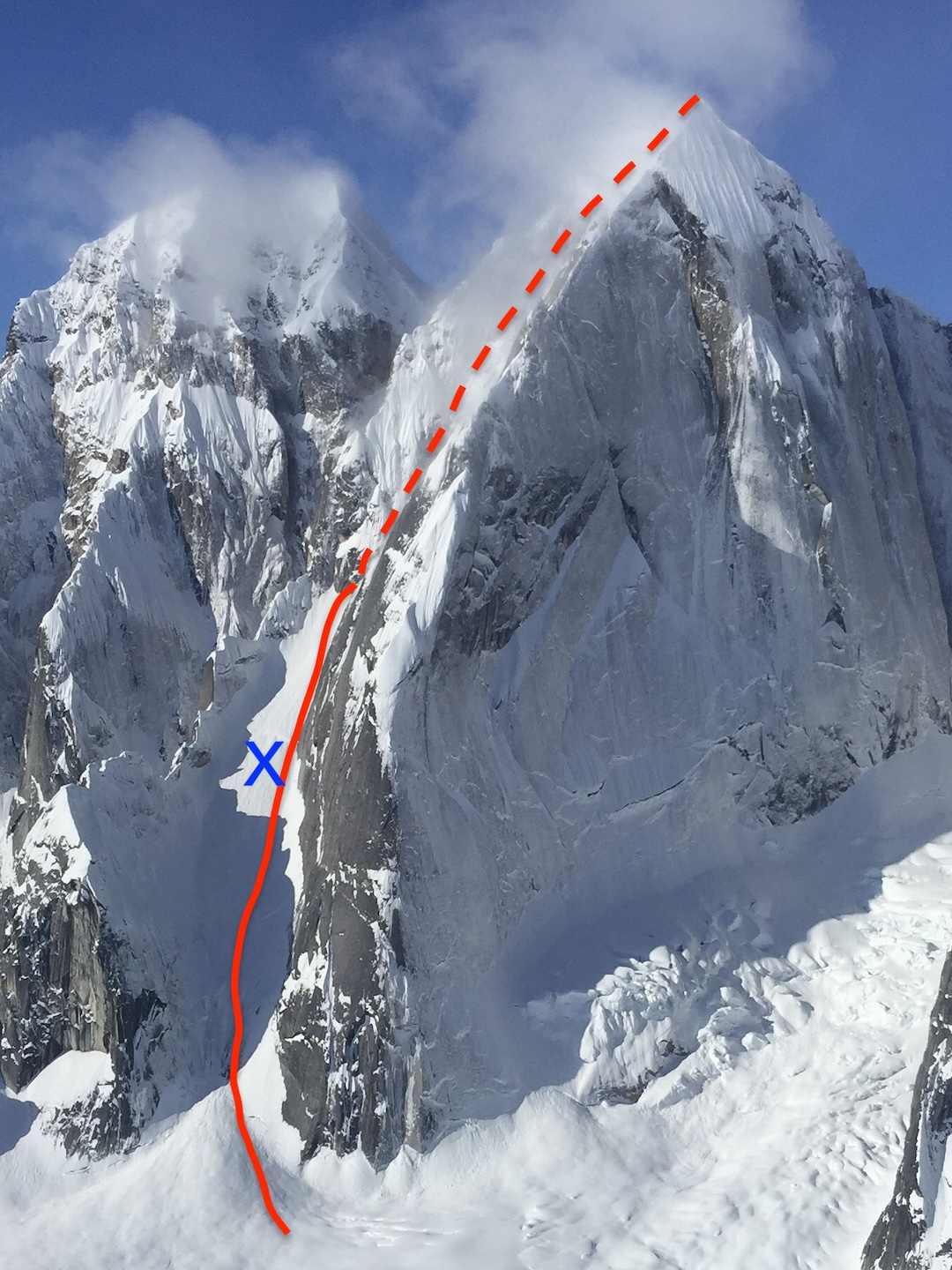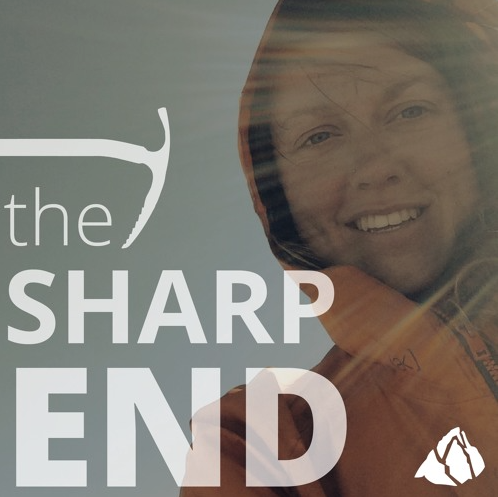Fatal Climbing Fall — Possible Fixed Protection Failure
Alaska, Ruth Gorge, Mt. Johnson, The Escalator

On April 25, at 11:30 p.m., an emergency satellite activation reported a climbing fall on The Escalator, a mixed route that climbs the east face of Mt. Johnson in the Ruth Gorge. Another climbing party of two on the route witnessed two climbers fall past them. The reporting party was able to rappel to their location and determined that one climber, 52-year-old Robbi Mecus, was deceased. The other climber, Melissa Orzechowski (30), was only responsive to painful stimuli.
Statements from the reporting climbers and a helicopter reconnaissance of the climbing route concluded that Mecus and Orzechowski had reached the summit ridge and were most likely descending when the fall occurred. The fall was approximately 1,800 feet through mixed snow, ice, and rock terrain at angles between 35° and 55°.
The NPS helicopter was not able to respond until 8 a.m. the following morning (April 26). After a risk assessment and survey of the route, one mountaineering ranger was inserted to the location of the 30-year-old surviving patient via short-haul. She was extracted to a landing spot on the Ruth Glacier and loaded into the helicopter for the flight to Talkeetna. The team rendezvoused with a medical helicopter in town and transferred the patient. Marginal weather prohibited the retrieval of the deceased climber until April 27.
ANALYSIS
It is difficult to conclude exactly what caused this accident. Faded and broken cord was found with the climbers. It is possible this gear was found on route and was being used as a rappel anchor. This cord may have broken and caused the fall, but it is impossible to be certain.
Spring climbing conditions in the Alaska Range may have also contributed to the accident. Climbers can experience a wide range of dynamic conditions at this time of year. The climbers may have encountered vastly different conditions during their descent as compared with their ascent.
It is worth noting that the other team of climbers on the route was instrumental in this rescue response. Through their emergency satellite device, they were able to provide accident details and current conditions to the NPS, as well as patient care to the surviving climber through the night. The reporting party had been in the fall line of the injured climbers, but fortunately they narrowly missed being hit. Climbers should be cognizant of climbing parties above them and always seek to protect themselves from potential overhead hazards. (Sources: Denali Mountaineering Rangers and Outside Online.)
*Editor’s Note: While editing ANAC in the last few years, I was lucky to work with Robbi, a longtime ranger with New York’s Department of Environmental Conservation. She was incredibly helpful with reporting, and it was clear that she cared deeply about her co-workers, those she educated, and the climbers she saved. Several times, while researching a complex accident, I’d eventually deduce that it was Robbi who had come to the rescue. I’d have to pry at her to get an admission of this. She is sorely missed. —Pete Takeda

